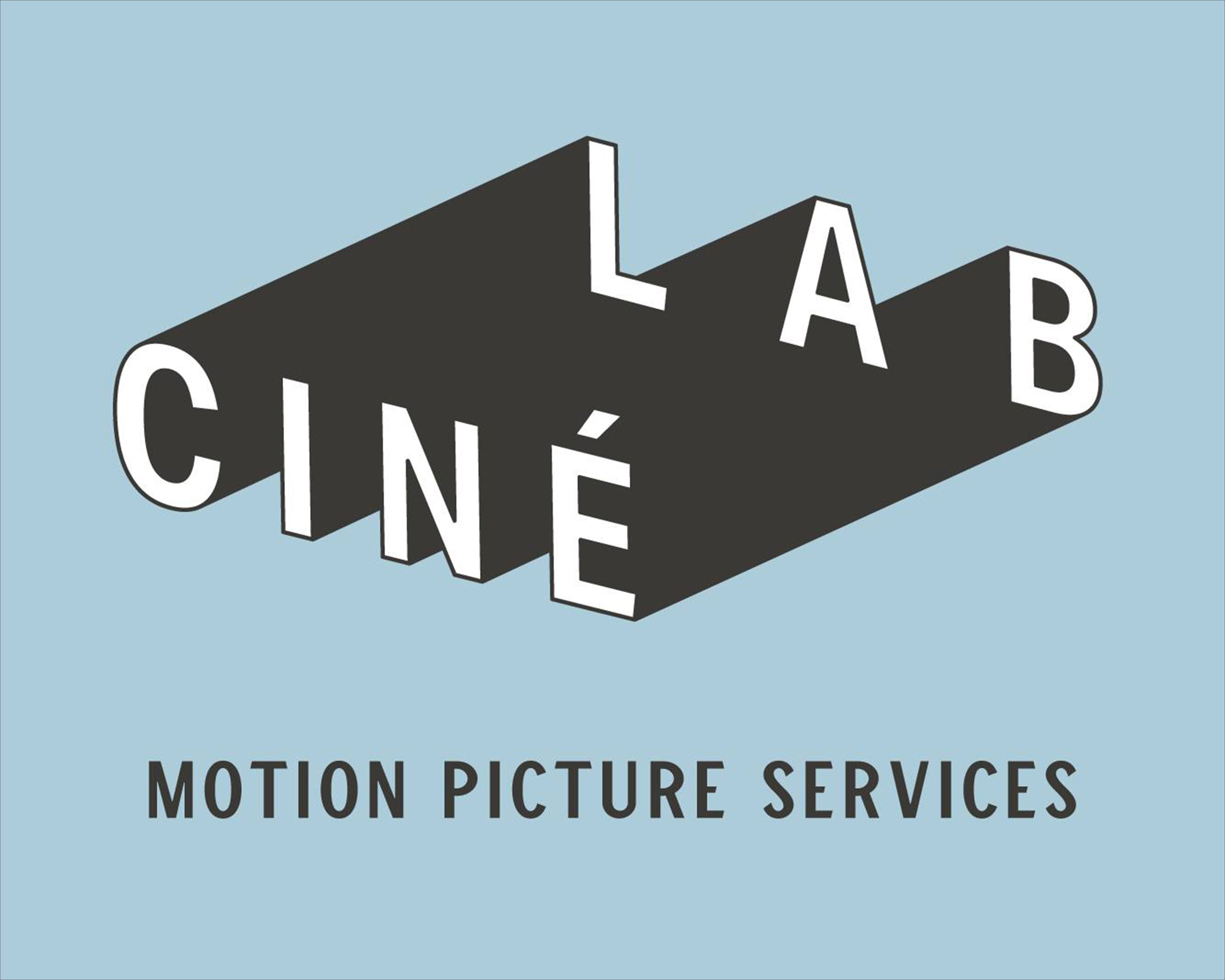I've been reading a bit about digital intermediates lately. To sum it up, it seems that the DI stays at the post house for color grading only. Is there a way to get a DI and take it to where I am going to edit it and do my compositing and then take the final back to get recorded out to film? And what is sort of a general price for a DI?
You are using an out of date browser. It may not display this or other websites correctly.
You should upgrade or use an alternative browser.
You should upgrade or use an alternative browser.
DI
- Thread starter JZASMM
- Start date
David Mullen ASC
Active member
"Digital Intermediate" is a general term that describes a whole process, from scanning film, conforming the scan to the EDL, color-correcting it, adding efx and titles, to recording it back to film again from the digital master.
Generally the D.I. steps take place after offline editing is finished. Let's say you transferred your film to SD, like betacam, edited offline, and generated an EDL. If you were also working on efx shots at this time, those specific shots were probably scanned into data files, and the efx work done, and an offline version cut into the video edit.
So now you take your camera rolls and EDL and rescan select portions at a higher-rez format, anything from HD video to 2K or 4K RGB data. You use an autoconform software to match the scans to the EDL and create a digital master where all the shots are cut together. This usually is all done in data off of a big server for color-correction, dust removal, etc. until it is ready to be reocorded out to film. Any efx shots done at other facilities are added to the digital master so the whole project can be color-corrected at once.
Now it's possible to do the whole process more as an HD online sesssion rather than as data off of servers -- take HD transfers, do an online tape-to-tape session, then do another tape-to-tape session to create a color-corrected HD tape master.
So if you're asking about getting footage scanned to data files or HD so you can take them to a facility or home to do efx work, sure, you can do that. That's only a small part of what a D.I. entails.
To list it more clearly, a D.I. involves:
1. scanning camera rolls to data or HD video
2. conforming scans to match offline EDL
3. building in any transitional effects, fades, dissolves, etc.
4. adding any efx shots, composites, etc.
5. color-correcting the digital master, reel by reel
6. cleaning up color-corrected master (dust removal, scratch removal, etc.)
7. film recording digital master to 35mm intermediate (usually interneg, usually using a laser recorder)
8. converting digital master to other digital & videotape delivery formats (HD, NTSC, PAL, pan & scan versions, plus any digital cinema versions for DLP projection, etc.)
Cost is partially controlled by two things: one is the quality/resolution of the formats used (4K is more expensive than 2K, which is more expensive than HD), second is the amount of time spent color-correcting, dust removing, fixing, etc. Other factors are more standard, like the cost per foot of scanning, the cost per foot of film recording, etc.
For these reasons, a D.I. for a feature film often runs over $100,000. Even just mastering a film for release in HDTV can cost $50,000 in terms of telecine / color-correcting time, so factor in the costs of laser recording a feature back to film, which is often around $50,000.
Obviously you can spend more money on a D.I. depending on things like needing more time to color-correct (usually 10 days is minimal) or wanting to work at 4K for at least the scanning, etc.
Generally the D.I. steps take place after offline editing is finished. Let's say you transferred your film to SD, like betacam, edited offline, and generated an EDL. If you were also working on efx shots at this time, those specific shots were probably scanned into data files, and the efx work done, and an offline version cut into the video edit.
So now you take your camera rolls and EDL and rescan select portions at a higher-rez format, anything from HD video to 2K or 4K RGB data. You use an autoconform software to match the scans to the EDL and create a digital master where all the shots are cut together. This usually is all done in data off of a big server for color-correction, dust removal, etc. until it is ready to be reocorded out to film. Any efx shots done at other facilities are added to the digital master so the whole project can be color-corrected at once.
Now it's possible to do the whole process more as an HD online sesssion rather than as data off of servers -- take HD transfers, do an online tape-to-tape session, then do another tape-to-tape session to create a color-corrected HD tape master.
So if you're asking about getting footage scanned to data files or HD so you can take them to a facility or home to do efx work, sure, you can do that. That's only a small part of what a D.I. entails.
To list it more clearly, a D.I. involves:
1. scanning camera rolls to data or HD video
2. conforming scans to match offline EDL
3. building in any transitional effects, fades, dissolves, etc.
4. adding any efx shots, composites, etc.
5. color-correcting the digital master, reel by reel
6. cleaning up color-corrected master (dust removal, scratch removal, etc.)
7. film recording digital master to 35mm intermediate (usually interneg, usually using a laser recorder)
8. converting digital master to other digital & videotape delivery formats (HD, NTSC, PAL, pan & scan versions, plus any digital cinema versions for DLP projection, etc.)
Cost is partially controlled by two things: one is the quality/resolution of the formats used (4K is more expensive than 2K, which is more expensive than HD), second is the amount of time spent color-correcting, dust removing, fixing, etc. Other factors are more standard, like the cost per foot of scanning, the cost per foot of film recording, etc.
For these reasons, a D.I. for a feature film often runs over $100,000. Even just mastering a film for release in HDTV can cost $50,000 in terms of telecine / color-correcting time, so factor in the costs of laser recording a feature back to film, which is often around $50,000.
Obviously you can spend more money on a D.I. depending on things like needing more time to color-correct (usually 10 days is minimal) or wanting to work at 4K for at least the scanning, etc.






